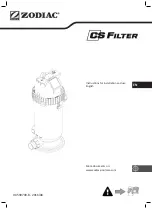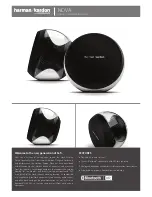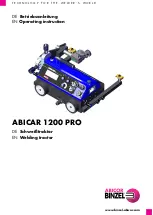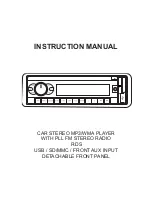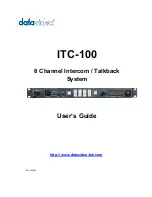
page 5
PRESSURE TESTING
American AVK Recommended Hydrant Testing Procedure
AAVK recommends that AWWA M17, "Installation, Field Testing, and Maintenance of Fire Hydrants", chapters 4.3 and 4.4
be followed for field testing and placing the hydrant in service. The following is excerpted from AWWA M17 for the
reader's convenience:
PRESSURE TEST AT MAIN PRESSURE
1. Ensure that all nozzles are properly installed per section “NOZZLE INSPECTION & REPLACEMENT”
2. Remove the highest outlet-nozzle cap and open the hydrant valve a few turns. Allow water to reach the bottom of the
outlet nozzle. (If the hydrant is furnished with a tapped-plug air vent, then it is not necessary to remove the nozzle cap.
Just open the air vent.)
3. Replace the outlet-nozzle cap and leave it loose to permit all air to escape, or close the tapped-plug air vent.
4. After all air has escaped, tighten the outlet-nozzle cap.
5. Open the hydrant completely. (Opening the hydrant fully before all air has escaped will compress the air and cause a
safety hazard.
)
(AAVK comment: underlined as very important)
6. Check for leakage at flanges, outlet nozzles, and the packing or O-rings around the stem.
7. If leakage is noted, repair or replace the faulty components or the entire hydrant.
(AAVK comment: only after hydrant
is closed and all pressure is bled off.)
8. Repeat the test until results are satisfactory.
PRESSURE TEST AT PRESSURES ABOVE MAIN PRESSURE
1. Connect a pressure-test pump to one of the hydrant's outlet nozzles.
2. Open the highest outlet-nozzle cap. Open the hydrant valve a few turns. Allow the hydrant to fill until water is at the
bottom of the outlet nozzle.
3. After all air has escaped, tighten the outlet-nozzle cap.
4. Open the hydrant completely.
5. Close the auxiliary valve.
6. Pump up to test pressure (usually 150 psi [1034 kPa]).
7. Check for leakage at flanges, outlet nozzles, and the packing or O-rings around the stem.
DRAINAGE TEST
1. Remove one of the Hose Caps (F19) and fill the hydrant with water.
2. With the hydrant in the closed position, place the palm of one hand over the open Hose Nozzle (F20). As the water drains
from the hydrant it should create a noticeable vacuum indicating proper drainage.
3. For further instructions refer to the AWWA M-17 Hydrant Manual, Chapter 4.3.
EXTERNAL DRAIN PLUGGING
American AVK offers the option of External or Internal Drain Facility Plugging.
1. Prior to installation, for external plugging, visually verify for factory installed plugs or screw two Brass Plugs (F55) into the
Brass Fittings (F56) located on the Main Valve Flange (F57) using a 3/16” hexagon key.
INTERNAL DRAIN PLUGGING
1. For internal plugging, refer to the warnings and steps in the "MAIN VALVE INSPECTION" section on page 14.
2. After removing the main valve assembly, screw in two Brass Plugs (F55) into the Valve Seat Ring (F51) using a 3/16”
hexagon key.( Fig. 2)
3. Inspect the main valve assembly prior to re-installation. Replace any damaged items and follow the steps in the "MAIN
VALVE REREASSEMBLY" section on page 15 .
Summary of Contents for 2700 SERIES
Page 7: ...page 6 Fig 2 Internal Drain Plugging F55 F51 ...
Page 27: ...page 26 ...






















